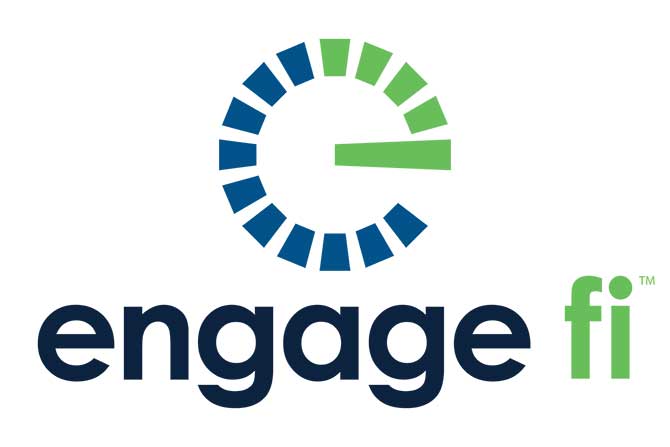As technology evolves at a record pace, many regional banks are finding themselves at a pivotal crossroads: embrace innovation or risk obsolescence.
Digital transformation is more than a new online banking system or a back-office upgrade. It is a multifaceted process that transforms a bank’s internal and external operations. Such upgrades improve efficiency, transform the customer experience, reduce costs and help the bank to remain competitive.
What is Behind This Shift?
Digital transformation has quickly evolved from an optional strategic initiative to one of necessity. Many factors are reshaping traditional banking models, including technological advances, changing consumer behaviors and regulatory dynamics.
Consumers expect a banking experience that begins and ends with technology. Today’s customer wants to conduct their banking on their terms. They crave self-service options and the ability to communicate with their preferred bank, whether that be in person, over the phone, or via chat or text.
The catalyst igniting the speed with which banking technology is evolving is none other than Gen Z (Zoomers). They have grown up in an era defined by smartphones, social media and instant connectivity. This generation expects its preferred financial institution to prioritize the digital experience, beginning with innovation, personalization and a mobile-first mindset. However, Zoomers are not alone: Twenty-seven percent of millennials prefer online chat to ask a question, compared to just 18% of Gen Z. Together, millennials and Gen Z make up the largest generational demographics in the U.S. They are not only reshaping consumer behavior, but also reinventing modern society.
These two demographics embrace technology in the workforce and advocate for innovation. They crave streamlined systems and processes. Employees and employers seek operational efficiency alike. By automating manual processes, financial institutions can minimize processing times, reduce errors and cut costs.
Strengthened risk management processes through innovation offer real-time visibility into potential vulnerabilities. Digital transformation enables banks to enhance cybersecurity measures against cyber threats, data breaches, ransomware attacks and phishing scams. It is also easier to detect fraud on the customer’s behalf.
Challenges of Innovation
Navigating a digital transformation is not without its challenges. The biggest hurdles to overcome are also the most common and include old systems, cost and resistance from customers and employees. Many organizations find themselves working with multiple systems that do not integrate or are so outdated, they offer little room for upgrades. While investing in advanced technology saves money down the road, upfront costs can be a barrier. Employees and customers who resist change create another obstacle difficult for banks to overcome.
Understandably, introducing more technology comes with greater risk. Cybersecurity concerns are always part of the conversation. Regulatory compliance adds another layer of complexity not to be forgotten as well.
Strategies for Success
Banks must take a comprehensive approach to executing a successful digital transformation. It is important to examine the customer experience, allow data to be the driver, invest in the right technology and educate employees to leverage system capabilities to deliver best-in-class services.
Customers should be at the center of the digital strategy. Knowing and understanding their needs is critical. It is also important to remember the generational gap. What works for some may not work for many. For example, offering a chatbot. While it is both cost-effective and efficient, the option to engage with a live person must always be available. A digital transformation doesn’t take out the human element completely … it simply makes a more seamless experience.
Examine the customer experience. Banks must prioritize a user-friendly digital interface across all channels. This includes online and mobile banking, online account opening, loan applications and bill payments, to name a few.
Let the data be the driver. A key component of digital transformation is the ability to gather better data and leverage it. Use this data for more personalized experiences, risk mitigation and marketing opportunities. In fact, 70% of customers emphasize the importance of personalized offers in banking. Take an in-depth look into all current systems.
Do current vendor partners offer modern technology to support digital initiatives? If they do not meet requirements, it may be time to consider other vendors. Every digital transformation strategy should include partners who drive innovation and propel institutional growth.
Invest in modern technology solutions that support future success. Embrace cloud computing, open APIs, artificial intelligence and robotic process automation.
Finally, do not forget about the employees. Change is hard, there is no doubt about that. However, the team plays a critical role in the success of every technological initiative. Education and training are pivotal in giving employees the knowledge they need to leverage new systems effectively. They will be the biggest advocates when it comes to speaking with customers to convey the positive impact of the new digital solutions.
Conclusion
By embracing innovation with modern technology and collaborative partnerships, your bank can navigate a digital transformation with confidence. Remember this transformation is a marathon, not a sprint. With the right technology and partners, every bank will continue to evolve, setting up for future growth and success.
7 Strategies for Success
- Take a comprehensive approach.
- Keep customers at the center.
- Examine the customer experience.
- Let data be the driver.
- Evaluate vendor partnerships.
- Today’s tech should support tomorrow’s success.
- Support your employees.

With over 25 years of financial industry experience, Megan is passionate about helping her clients achieve sustainable growth. She advises financial institutions on all facets of strategic thinking and planning by interpreting data and financials to provide insights and actionable recommendations to help financial performance.
Email Megan at Megan.Cummins@Engagefi.com
Engage fi is an associate member of the Indiana Bankers Association.









